Having arrived to Khiva, the first thing you will see is a huge defensive wall with the inner city, Ichan-Kala. Beyond its walls, the sense of reality completely erase. The magical Khiva is located 25 hectares territory, and its age is more than 2500 years. The city was the centre of the northern branch of the Great Silk Road.
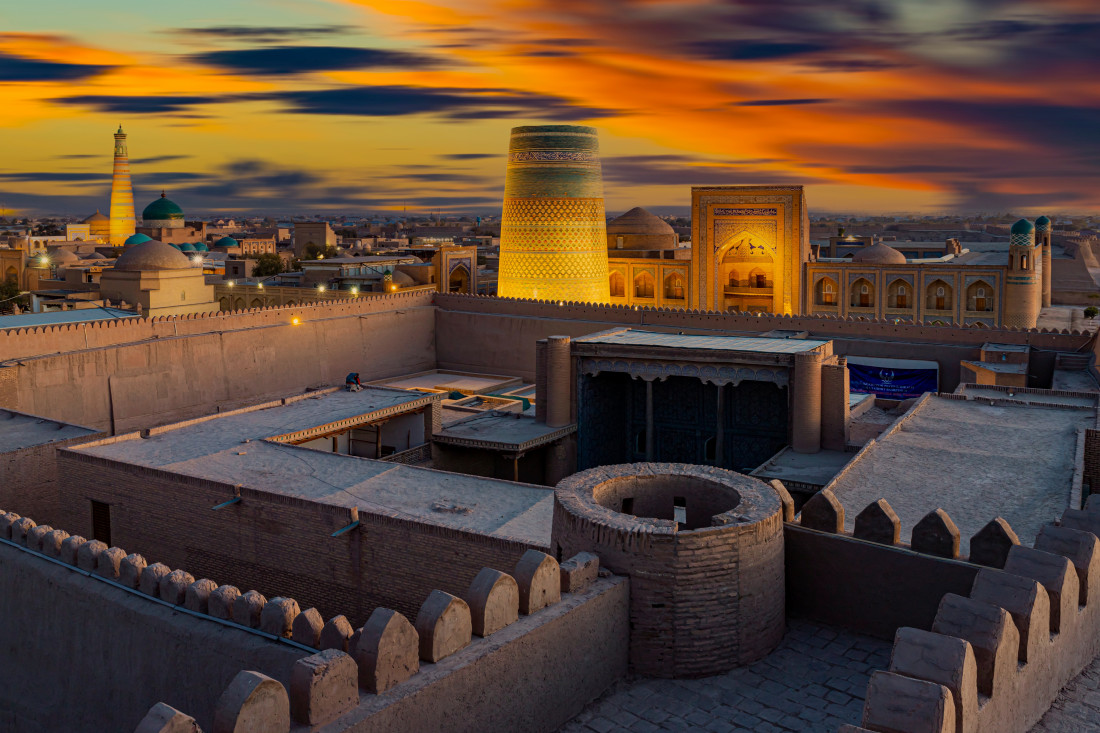
The city of Khiva is one of the few cities that managed to maintain its identity, as was originally conceived by architects. Khiva is a “living” monument, a city-museum.
According to one of the legends, the son of biblical Noah, Sim, founded this oldest city. He began by digging a well in the middle of the desert. Caravans and merchants walked past, tasted amazingly tasty water and repeated “heyvak,” i.e., “so good.” Thus, this incredible city appeared.
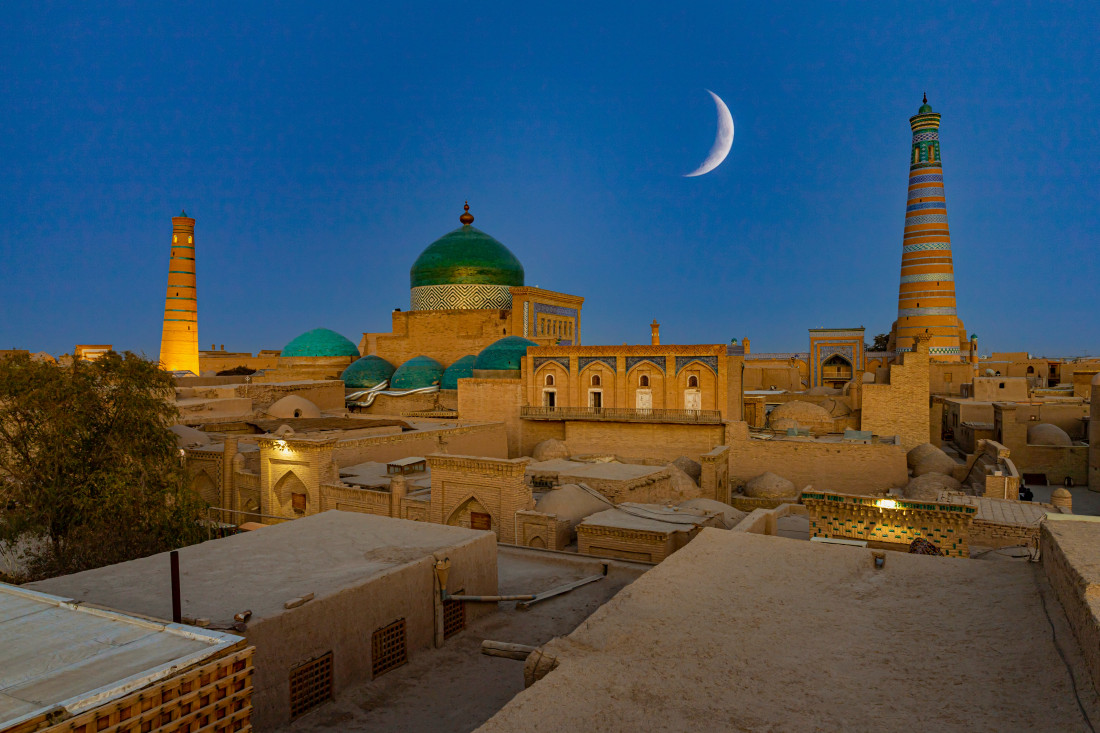
Majestic buildings, carved doors and columns, the incredible beauty of the building – these are the encrypted messages of the centuries-old history. During its history, Khiva was a part of different states. The city was conquered by the Achaemenid State. From 305 to 995, Khiva was the part of the Khorezm state.
During the IX-XI centuries, Khiva was ruled by several powerful dynasties. The city was a centre of culture and education. There were many educational institutions and large scientific centres in astronomy, mathematics, chemistry, etc.

In 1220, the city was destroyed by Genghis Khan and for a long time could not recover from the devastating consequences. In 1511, Khiva was the part of the Sheibanid State, and in 1598, the city became the capital of the Khiva Khanate.
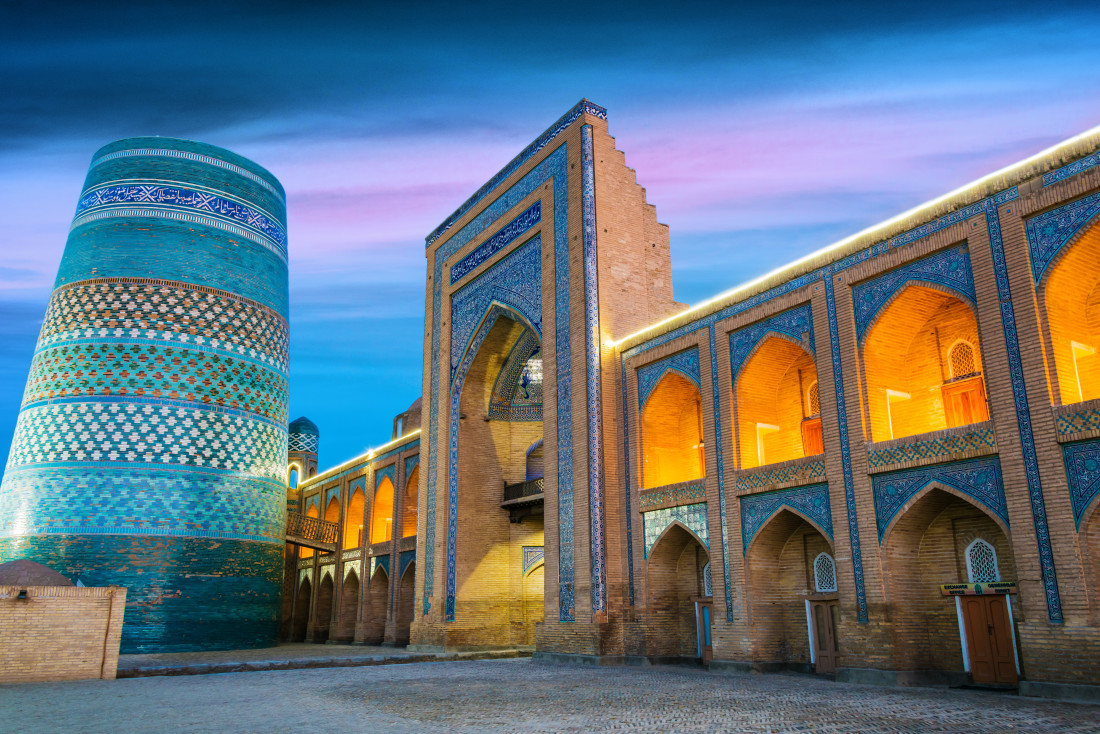
The construction of the most magnificent monumental buildings took place during the XVIII – early XX centuries. Then Khiva was under the control of the Kungrat Dynasty. In 1763, Mukhammad Amin, a prominent representative of the Uzbek Kungrat family, came to power in Khorezm. Under his rule, Khiva in the short time became the spiritual centre of Central Asia. Thanks to him, the world saw many restored buildings, including the walls and towers of Ichan-Kala and the famous Juma (Friday) mosque.

In the mid-XIX century, the defensive circle, Dishan-Kala, was built at the initiative of Allakuli Khan. Thus, Khiva combines two cities in one: external Dishan-Kala and internal Ichan-Kala. In 1873, Khiva was captured by Russian troops. All architectural monuments of Khiva have been preserved. Now this fantastic city is under the auspices of the UNESCO.
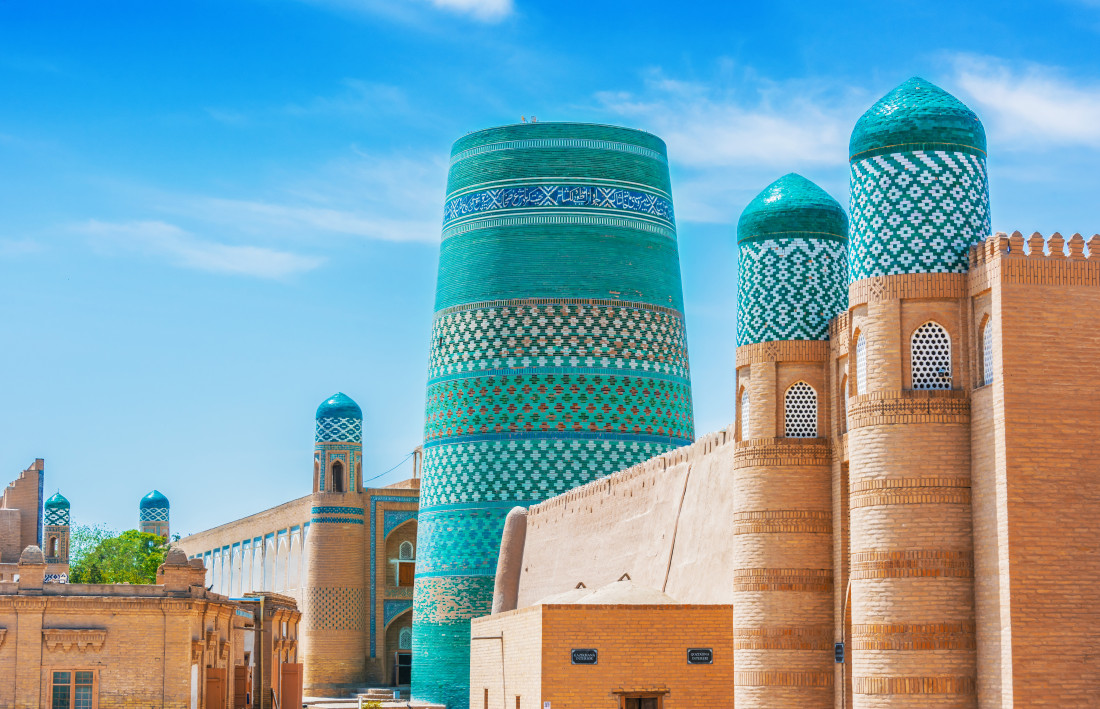




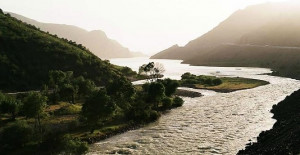




Working hours: 9:00 AM - 6:00 PM, Mon-Fri
For any questions
ПОЛЬЗОВАТЕЛЬСКОЕ СОГЛАШЕНИЕ
1. Определение
Настоящее Пользовательское соглашение (далее — Соглашение) является Публичной офертой в соответствии со статьёй 367 Гражданского кодекса Республики Узбекистан от 21.12.1995 (https://lex.uz/ru/docs/111181#162763) и регулирует порядок использования материалов и Сервисов сайта Государственного унитарного предприятия «Национальный PR-центр» (далее — Предприятие), размещённого на веб-сайте и поддоменах Национального Туристического Информационного Центра: https://uzbekistan.travel/ (далее — Сайт).
Посетитель и (или) Пользователь подтверждает, что ознакомлен, полностью и безоговорочно принимает все условия настоящего Соглашения и обязуется их соблюдать.
Использование Сайта Пользователем означает полное принятие данного Соглашения «как есть» в форме акцепта.
Соглашение вступает в силу с момента посещения любой страницы Сайта и (или) регистрации на Сайте и действует бессрочно во время пользования Сервисами Сайта.
Настоящее Соглашение обязательно для исполнения всеми Посетителями и Пользователями без каких-либо изъятий и дополнительных согласований.
Пользователь обязуется самостоятельно проверять актуальную редакцию Соглашения на Сайте перед использованием Сервисов.
2. Предмет Соглашения
Предметом настоящего Соглашения являются правила использования материалов Сайта и предоставление Посетителю и (или) Пользователю возможности использования Сервисов Сайта.
Предприятие является правообладателем исключительных прав на Сайт в целом и на его составные части, включая все виды контента: логотипы, товарные знаки, тексты, статьи, аннотации, иллюстрации, фотографии, графику, аудио- и видеофайлы, пользовательские интерфейсы, дизайн, структуру, программы, базы данных.
Я прочитал(а) и соглашаюсь с условиями использования сайта и политикой конфиденциальности.
